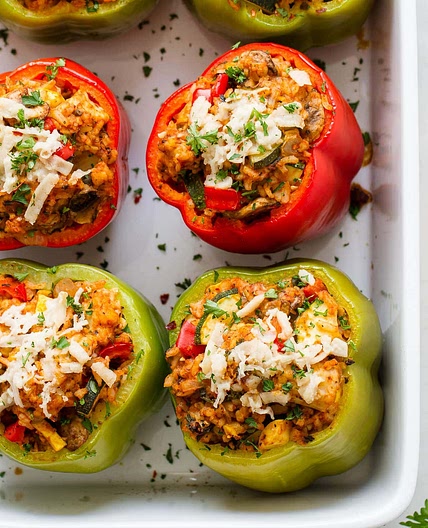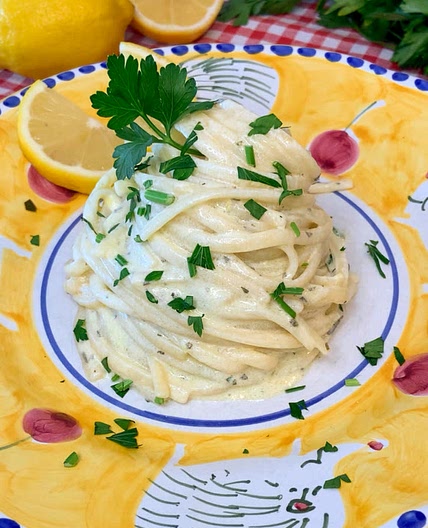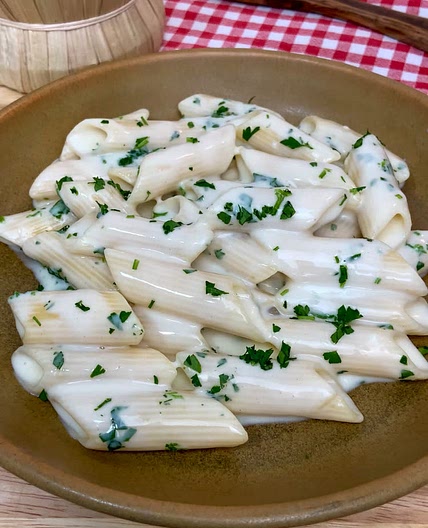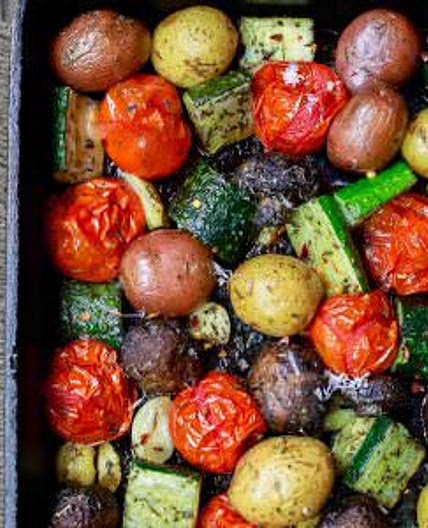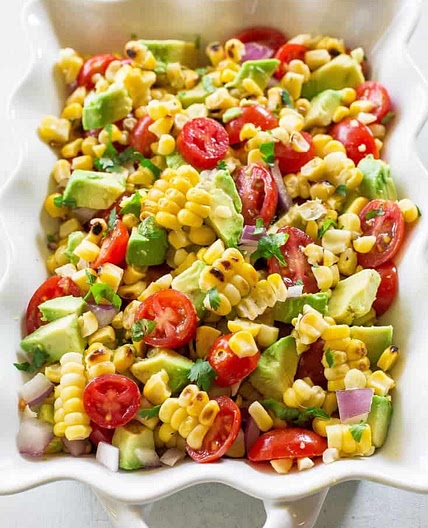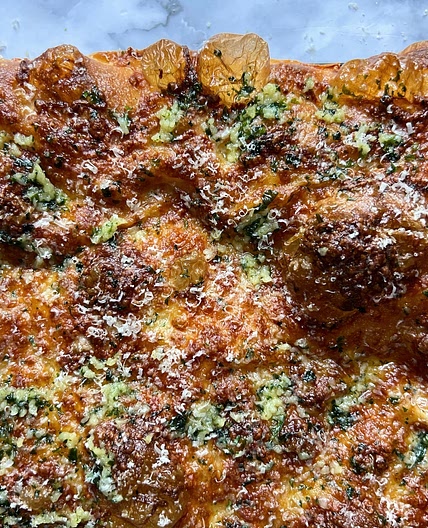Salt
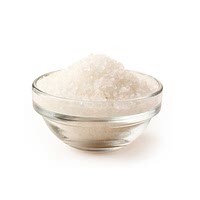 Pantry
PantrySalt enhances the flavor of almost any food. But what exactly is salt? At its essence, salt is simply a chemical compound made up of two elements, sodium and chloride. Its primary function is to add flavor, but it also acts as a binder, stabilizer, and preservative. Salt is either harvested from salt mines or evaporated from ocean water before it makes its way to our tables. Sodium is a vital nutrient for humans. It helps with muscle and nerve function, fluid balance, and nutrient absorption. At the same time, too much salt can lead to high blood pressure and heart disease. Our bodies only need about 500 mg of salt each day, but many of us consume much more than that. Even if you don’t add salt to your meals, processed foods are typically high in sodium. While salt isn’t necessarily bad for you, it’s often over consumed. This is why eating whole foods, which are naturally low in sodium, is so highly recommended. What about when it comes to cooking? Table salt, sea salt, pink salt, kosher salt. The list goes on. From a chemical perspective, there’s virtually no difference between the different types of salt. But when you’re in the midst of preparing a meal, you may want to reach for one over the other. At the end of the day though, it’s mostly down to individual preference. Table salt is what you’ll find in your typical salt shaker. It is mined from salt deposits and is a very fine salt. Because it’s processed, it often lacks minerals and may contain anti-caking agents. Table salt may also have iodide added, an essential nutrient that is lost during processing. Best used for baking, cooking, and seasoning. Sea salt is evaporated from ocean water. It’s less refined and may still contain some trace natural minerals. It usually has larger crystals but can also be found in a finer form. Sea salt is often used as a finishing salt for dishes. Kosher salt is a coarser, flakier salt that is also extracted from salt mines. It doesn’t contain additives like iodide or anti-clumping agents. Best for salting meats, brining, and seasoning during and after cooking. Himalayan salt is beautifully pink, and harvested from the Himalayan Mountains of Pakistan. It is a coarser salt, although it can also be purchased fine, that has a bit of crunch. It’s versatility makes it great for cooking.
Salt nutrition and vitamin info per 100g
| Energy | 0 | kcal |
| Total Fat | 0 | g |
| Carbohydrate Total | 0 | g |
| Sugars | 0 | g |
| Protein | 0 | g |
| Sodium | 38758 | mg |
| Fiber | 0 | g |
10000+ recipes to cook with Salt
Salt substitutes
- Regular substitute
Salt equivalents and varieties
Salt cooking tips
 Samsung Food
Samsung FoodYou can add some cloves in your salt jar. They will infuse the salt with warm aroma that goes very well with lots of dishes.
 Samsung Food
Samsung FoodTo prevent salt from absorbing moisture mix some uncooked rice grains into the salt.
 Samsung Food
Samsung FoodSteam and odor from kitchen affect texture and taste of salt. For longer shelf life keep salt in airtight container.
